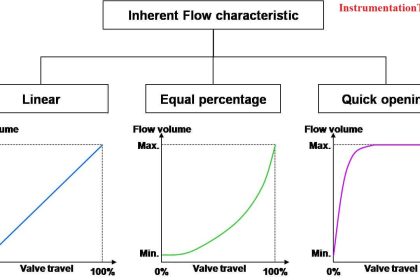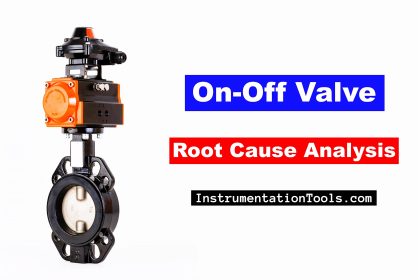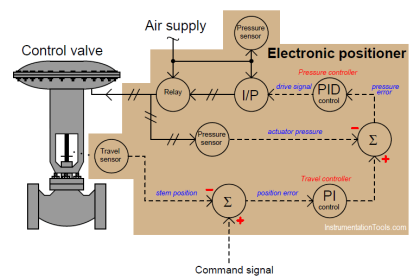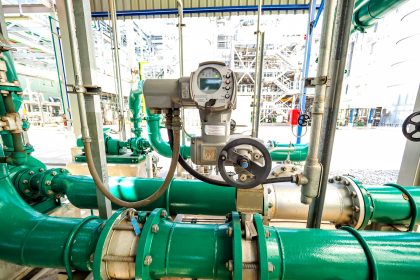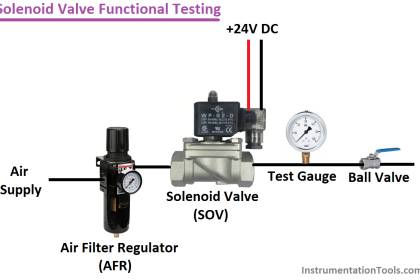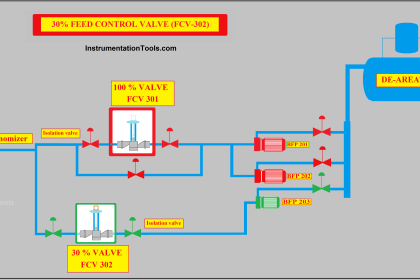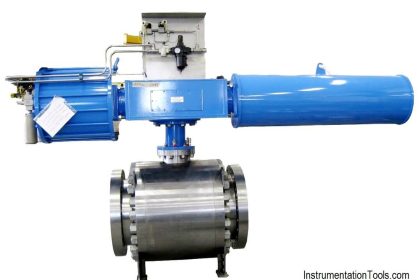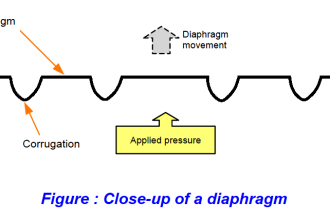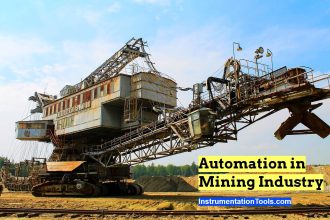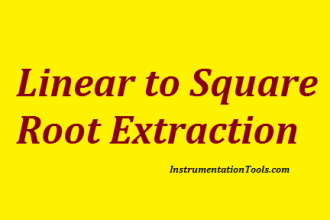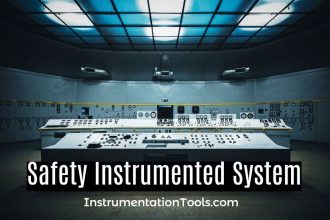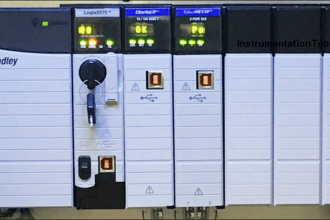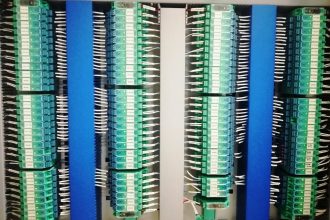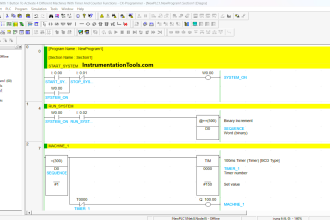There has been so much research going on for controlling the noise generated by control valves but before that one must understand how this noise is generated in the valve. Still, very limited ways are available to control the valve noise.
Reduce Control Valve Noise

The control valve noise problem may involve any or all of the source-path-receiver elements. Among them, source and path treatment is widely used for valve noise reduction and we will discuss them.
Direct Approach (Source Treatment)
Reduction of the acoustic energy at the source is the most desirable approach and widely used.
Generally, low noise valves or low noise cage trim valves as shown in the below figure consist of multiple small orificial elements. Most quiet valve uses the concept of distributing the acoustic energy into smaller flow paths.
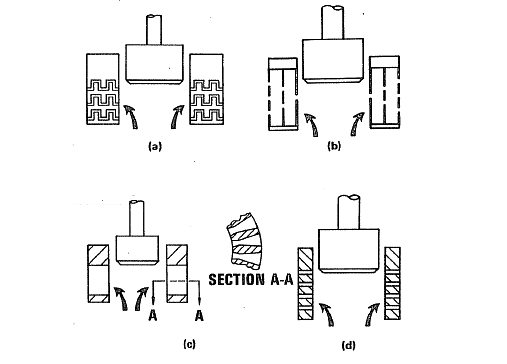
The reduction of acoustic energy is accomplished by minimizing the effect of the shock wave and its strength.
Redistribution involves shifting of acoustic energy into a high-frequency range. Because of the smaller flow paths, the plugging of the solid material trapped inside is the most common problem faced while using this technique.
For manufacturing such valves we need sophisticated techniques hence they are very expensive compared to conventional valves.
In addition, low flow capacity is an inherent characteristic of most wall noise suppressor.
Another method of reducing valve noise generation is by reducing the pressure drop across the wall orificial elements through several stages. Each stage consists of a fixed restriction which allows the flow to defuse or expand this type of fixed restriction is usually placed immediately downstream of the valve outlet and can take the form of the plate with multiple orifices.
The device shown in the below figure is commonly referred to as a downstream expansion plate or diffuser because of the small multiple orifices it is susceptible to clogging due to solid particles.
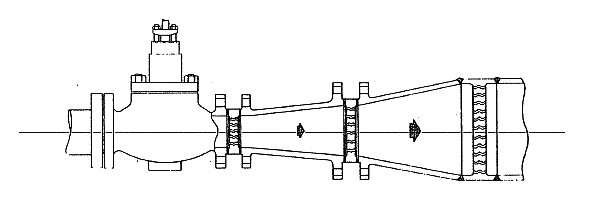
Indirect Approach (Path Treatment)
Typical part treatment consists of the use of inline silencers heavy-walled piping acoustical insulation and sound enclosures. The principle of the path treatment is to reduce the propagation and transmission of sound to the external sound field in general there are two types of silencer resonator and absorptive.
Resonator silencer usually consists of a series of broadly tuned Chambers which usually is effective only over a narrow frequency band.
The absorptive silencer absorbs the acoustical energy by the use of sound-absorbing materials, linings, or baffles inside the silencers. This type of silencers can provide attenuation over a wide frequency range and is most widely used.
It is well known that the wall noise is radiated throughout the downstream piping and is considered to be a line source. Increasing the pipe wall thickness is a method that can be used to increase sound transmission loss or to reduce the overall noise radiation.
Another widely used method is the application of Acoustical insulation or pipe lagging it has been found that the pipe lagging can be very effective provided it is correctly applied.
It has been recommended to use 50 mm thick insulation for general lagging purposes. It should be noted that both heavy-walled piping and lagging are localized methods in that they become ineffective once the treatment is terminated.
Enclosing the valve body and downstream piping by sound barrier or enclosure can be effective provided that acoustic leaks due to flanking paths are eliminated also this method can be economical if the length of the piping to be enclosed is minimal.
Read Next:
- Solenoid Valve and PLC
- Select a Control Valve
- Control Valves Checklist
- Valve Stroke Test
- Types of Valves Noise
